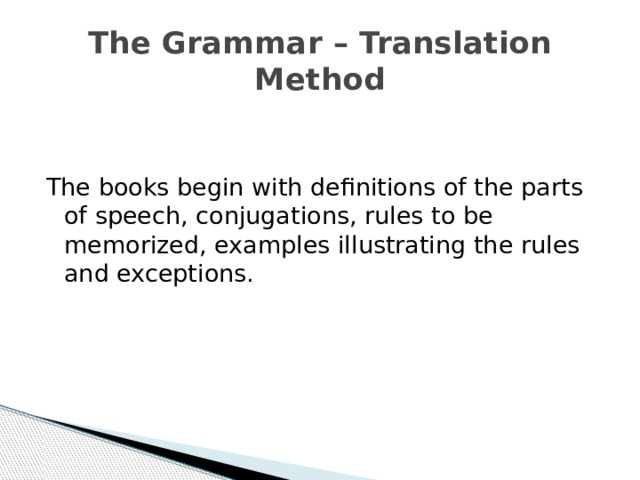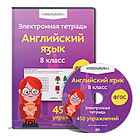
Difficulties in teaching English grammar

‘ What is grammar?’ is the kind of question that seems easy to answer until somebody asks it.
Michael Swan

What is grammar?
A The system of rules and tools
B a process that lets you communicate with other people
C an important professional skill for teachers

What is grammar for?
A to learn about the system of English
B to communicate in English
C to give me status as a teacher / to tell my students how English works

Aims of grammar in EFL
- strengthen grammatical accuracy in a fun and purposeful way
- teach learners to express themselves as clearly as possible with confidence
- increase grammar awareness among young learners
- meet learning styles wherever possible

Reading
Reading
Reading
Reading
Skills of teaching grammar
Receptive
Productive
Writing
Writing
Writing
Writing
Listening
Listening
Speaking
Speaking

Productive or Active Grammar Skills ( Speaking and writing)
- Psychological structure of the action
- The action owing frequent experience
- The action becomes more frequent, correct and accurate
- The number of operations are shortened
Fullness of understanding
Quality of performing
One should study the basic sentences or models

Receptive (perceptive) Skills Listening and reading
- To identify the grammar form according to the formal feature of words
- To know the ways of expressing grammatical forms in the language
One should identify and analyze the grammar item.

Major Methods
- The Grammar – Translation Method
- The Direct Method
- The Audio-lingual Method

The Grammar – Translation Method
The books begin with definitions of the parts of speech, conjugations, rules to be memorized, examples illustrating the rules and exceptions.

The Direct Method
Lots of active oral interaction, spontaneous use of the language, no translation between first and second languages, and little or no analysis of the rules.

Audio-lingual Method (Mimicry-memorization Method)
Some basic sentences are memorized by imitation. Their meaning is given in normal expressions in the native language, and the students are not expected to translate word for word.

A general model for introducing new language
- Lead-in (Context is introduced)
- Elicitation (How well the pupils can produce the new language )
- Explanation (Shows how the new language is formed)
- Accurate reproduction (Pupils are asked to repeat and practice a certain number of models )
- Immediate creativity (Controlled practice)

Correction
- Repeating
- Echoing
- Denial
- Questioning
- Expression

Types of Exercises
- Recognition Exercises ( Speaking, Listening Skill)
- Drill Exercises (Reading, Writing, Speaking Skill)
- Repetitive Drill
- Substitution
- Completion
- Creative Exercises (Speaking, Reading, Listening Skill)

Final Recap
- ‘ Grammar,’ as a word, has many shades of meaning.
- When it comes to attempts to describe language, there are many different ‘grammars’.
- Language came first: grammar is just an attempt to describe it!
- You already have expert implicit knowledge about language.
- When teaching, remember to focus on language in context and on how any features you teach can be used in students’ own writing .
- What is easy to hear, and easy to see, is easy to remember, is easy to learn. Listen for grammar.
- What is easy to hear, and easy to see, is easy to remember, is easy to learn. Listen for grammar.
- What is easy to hear, and easy to see, is easy to remember, is easy to learn. Listen for grammar.

 Получите свидетельство
Получите свидетельство Вход
Вход












 Diffculties in teaching Grammar (199.82 KB)
Diffculties in teaching Grammar (199.82 KB)
 0
0 514
514 9
9 Нравится
0
Нравится
0




